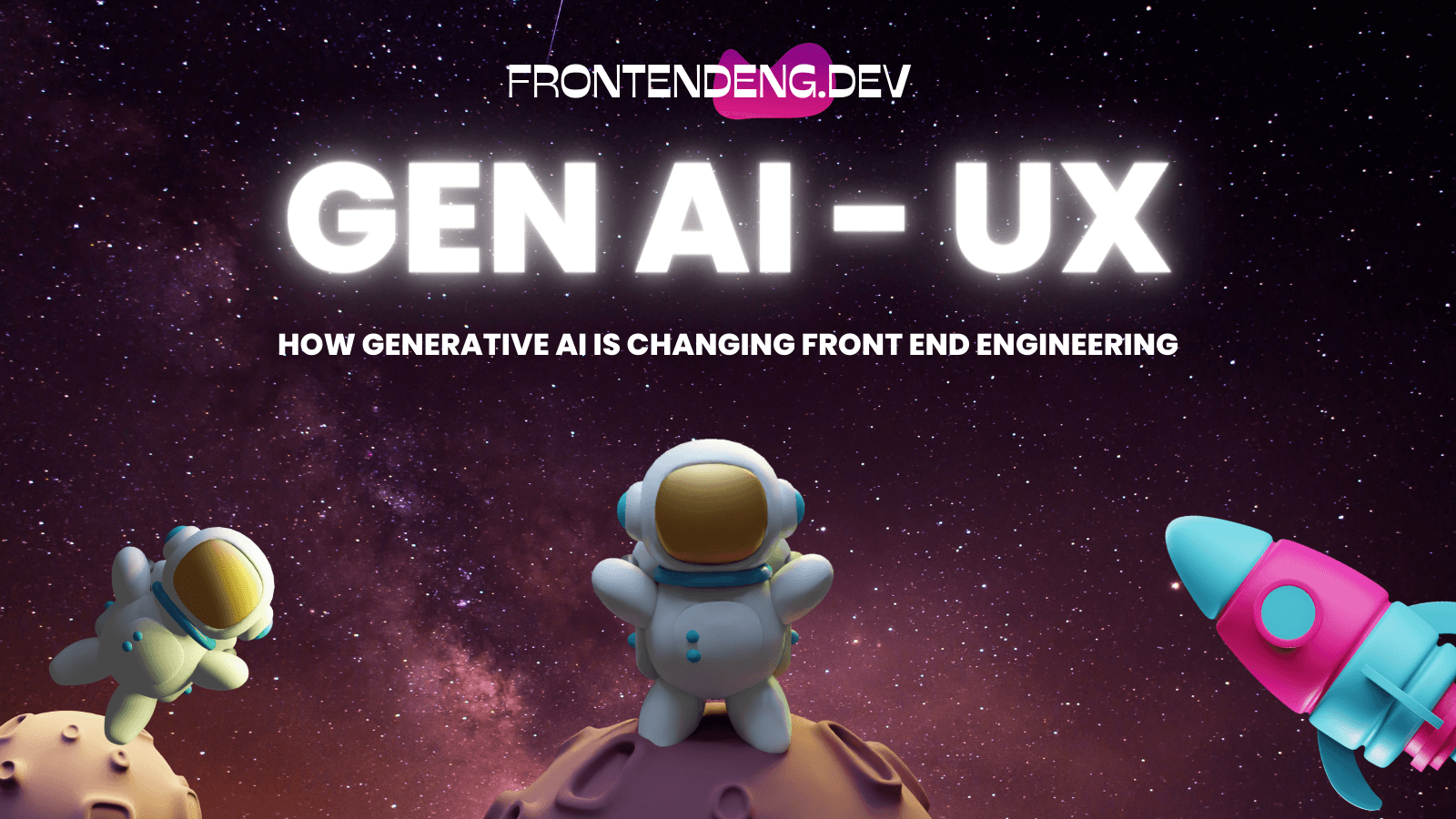The new era of AI generated UX: How generative AI is going to change front-end engineering

How generative AI is going to change front-end engineering
Generative AI is already transforming numerous industries, fundamentally changing how we approach tasks. Modern AI has proven to be exceptionally proficient, even if not 100% accurate compared to humans. Some estimations suggest its current IQ is around 90. While this may seem low, it's sufficient for many tasks.
When trained for highly specific, narrow purposes, AI applications can deliver even better results. In this article, we'll explore how this technology is poised to revolutionize front-end engineering.
Adaptive UI
Personalization is a well-established concept. Your Instagram feed is distinct from mine, tailored to our interests. However, the underlying structure remains the same: the way we scroll, the font size, button placement, etc.
This is the current state of UX design. While content is personalized, the default UI structure remains consistent for everyone. Regardless of whether you're left- or right-handed, the "like" button is always on the right.
How Gen AI can chagne things
With deeper interaction, AI can glean more about you, including your age and likelihood of performing certain actions. If you're struggling or disliking a product, it can proactively suggest alternative UIs.
This means we're entering an era where UI will be rendered based on your unique profile. Modern LLMs (Large Language Models) will generate React components on the fly, tailoring your experience with personalized colors and font sizes.
The current state of art.
There are no established engineering guidelines for achieving this yet, but major companies like Meta and Google are already experimenting internally with such technologies. Others are likely to follow suit.
By adapting interfaces to individual users, generative AI has the potential to create more engaging, intuitive, and effective digital experiences. This is a fascinating development to watch in the ever-evolving field of front-end engineering.